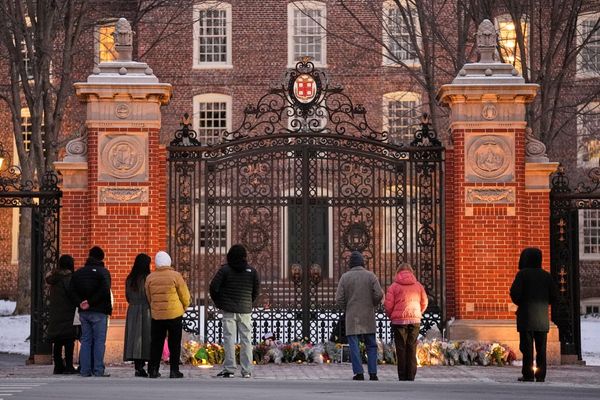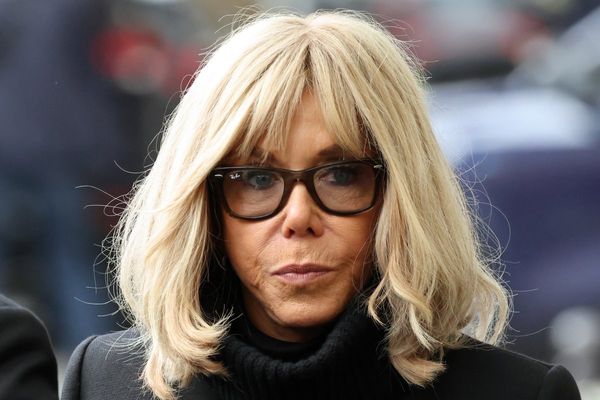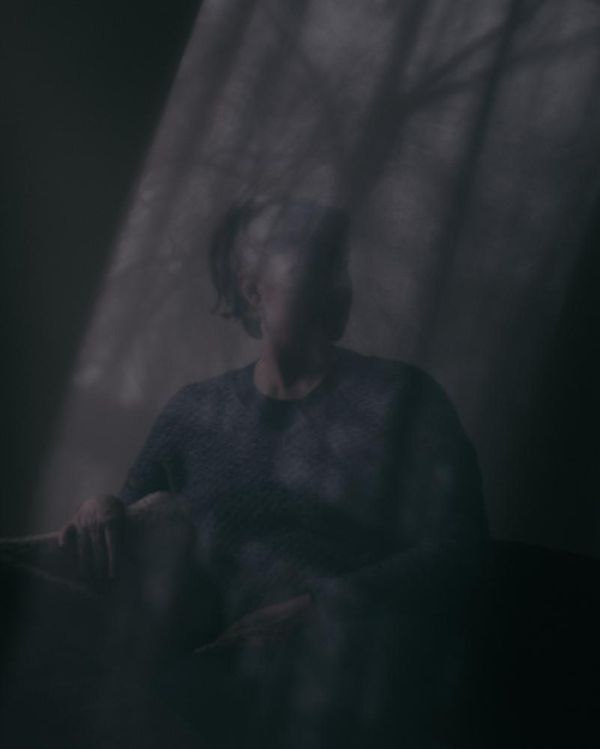
The price was high, but for now, at least, a crisis in Nato has been averted. Donald Trump may like to take the credit for almost all of the 32 allies agreeing to a sharp increase in defence spending, but the reality is that the dramatic change in the Nato mindset was as much brought on by Vladimir Putin.
The Russian president’s full-scale invasion of Ukraine in February 2022 was the first jolt, but there is a second uncomfortable reality. If there is a sustainable ceasefire in Ukraine, it will mean the deployment of a European-led peacekeeping force in the country – and after a while, Russia’s military might will inevitably recover.
Mark Rutte’s sycophantic, but effective, handling of Trump, certainly helped bring about a positive summit in The Hague, though even the Nato chief had to concede that describing Trump as “daddy” – a father figure who had to tell Iran and Israel to stop fighting – was perhaps “a question of taste”.
The manoeuvres were not subtle, but they were nevertheless effective. A late schedule change gave Trump a night in King Willem-Alexander’s palace, complete with breakfast, leaving Trump to remark on how well he had slept, though what particularly seems to have hit home was hearing each of the alliance’s other 31 leaders give a three-minute speech, something that might be assumed to have bored him.
“I came here because it was something I’m supposed to be doing, but I left here a little bit different,” he said as he reflected on the morning meeting in an upbeat press conference.
Even Trump’s complaints that US media had been reporting that Iran’s nuclear sites may not have been destroyed, according to initial Pentagon assessments, did nothing to puncture his tone of warmth to his Nato allies.
Make no mistake, after Trump’s re-election and particularly in February, the alarm across Nato was real. That month, Trump started talking to Putin about Ukraine, and rowed with Ukraine’s president, Volodymyr Zelenskyy, in the Oval Office – while his defence secretary, Pete Hegseth, made a speech that was interpreted as a warning that in the not too distant future Europe might have to defend itself.
But what helped persuade Nato’s other leaders to spend more was a worry about Trump’s commitment. Nato planners believe that if Russia were to agree to a ceasefire, it could quickly, within perhaps three, five or seven years, pose a serious threat to the alliance’s eastern flank.
The Kremlin could maintain an army of 600,000 soldiers and, by spending 6.5% of GDP on defence, begin to restore its stock of munitions and equipment.
Rutte told the Guardian on the eve of the summit that, faced with this threat, it was clear that Nato had a series of “capability gaps” – for example, the alliance needed a fivefold increase in air defence to protect its cities from the kind of bombing that Ukraine is currently suffering daily. It was easy, he argued, to persuade other leaders to sign up to increasing spending because the purpose was clear.
The remiltarisation to come is substantial. Calculations from the Royal United Services Institute thinktank estimate that Nato defence spending in Europe and Canada will increase from $500m (£366m) today to $1.1tn in 2035, when the combined defence budget of the other 31 allies will essentially equal the Pentagon’s.
Already there are signs of what this will look like in practice, though it is uncertain how much will be spent appropriately.
Britain will spend at least £1bn on restoring an air-launched tactical nuclear weapon capability to complement Trident, which is intended to deter a full-scale Russian land invasion of Europe, the kind not envisaged since the 1980s – and which remains highly unlikely.
If there was a moment when the post-cold war dividend was reversed, The Hague summit was certainly it.
The best public interest journalism relies on first-hand accounts from people in the know.
If you have something to share on this subject you can contact us confidentially using the following methods.
Secure Messaging in the Guardian app
The Guardian app has a tool to send tips about stories. Messages are end to end encrypted and concealed within the routine activity that every Guardian mobile app performs. This prevents an observer from knowing that you are communicating with us at all, let alone what is being said.
If you don't already have the Guardian app, download it (iOS/Android) and go to the menu. Select 'Secure Messaging'.
SecureDrop, instant messengers, email, telephone and post
See our guide at theguardian.com/tips for alternative methods and the pros and cons of each.







